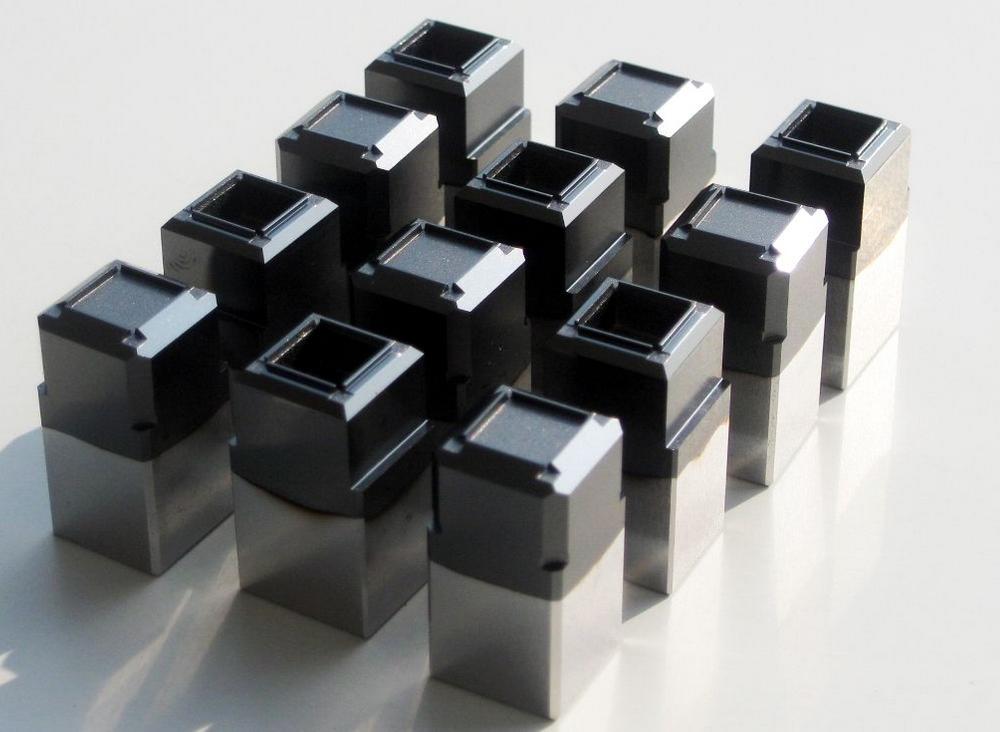
Physical Vapor Deposition (PVD) coating technology is an advanced surface treatment method for materials. With the rapid advancement of technology in recent years, PVD coating technology has been widely used in many fields. This article will reveal the secrets of PVD coating technology and discuss how it addresses various application environments and performance challenges.
I. Principles and Features of PVD Coating Technology
PVD coating technology involves heating a target material (usually metal or alloy) in a vacuum chamber to a high temperature, causing it to evaporate or sputter, and then forming a uniform and dense film on the surface of the substrate. This technology has the following features:
1. Environmentally friendly: The PVD coating process does not require harmful chemicals, meeting green environmental requirements.
2. Efficient: PVD coating has a fast speed and high production efficiency.
3. Excellent adhesion and wear resistance: PVD coatings have good bonding strength with the substrate material and can withstand certain wear and impact.
4. Good corrosion resistance: PVD coatings have high chemical stability and can effectively resist the influence of corrosive media.
5. Rich material selection: PVD coating technology can be applied to a variety of materials, such as metals, ceramics, plastics, etc.
II. Applications of PVD Coating Technology in Various Fields
1. Decorative field: PVD coating technology has extensive applications in the decorative field, such as the appearance treatment of mobile phones, home appliances, and automobiles. By using PVD coatings, various colors and patterns can be achieved, improving the aesthetics and market competitiveness of products.
2. Functional field: PVD coatings have excellent properties such as scratch resistance, wear resistance, and waterproofing, and are widely used in functional products. For example, mobile screen protectors, eyeglass lenses, outdoor equipment, etc., can have their lifespan and performance improved through PVD coating technology.
3. Medical field: PVD coating technology also has extensive applications in the medical field, such as artificial joints and medical devices. PVD coatings have good biocompatibility and can effectively reduce the immune response caused by implants, improving the success rate of surgery.
4. Energy field: PVD coating technology plays an important role in new energy fields such as solar energy and wind energy. For example, solar panels coated with PVD can improve photoelectric conversion efficiency and reduce energy consumption.
III. Addressing Various Application Environments and Performance Challenges with PVD Coating Technology
1. High-temperature environment: PVD coating technology can maintain stable performance in high-temperature environments and is suitable for the surface treatment of products under conditions of high-temperature wear and corrosion.
2. Extreme temperatures: PVD coatings have excellent resistance to extreme temperatures and can maintain stable performance in high or low-temperature environments, making them suitable for various high or low-temperature equipment.
3. Corrosive environment: PVD coatings have good corrosion resistance and can maintain a longer service life in corrosive environments.
4. Abrasive environment: PVD coatings have high hardness and wear resistance and can provide good protection in abrasive environments.
5. Environmental protection requirements: PVD coating technology meets green environmental requirements and can be applied in fields with high environmental protection requirements.
In conclusion, PVD coating technology has a wide range of applications and excellent performance and can play a significant role in addressing various application environments and performance challenges. With the continuous development of technology, it is believed that the application fields of PVD coating technology will expand further, making greater contributions to the development of human society.





 Customer service 1
Customer service 1  Customer service 2
Customer service 2